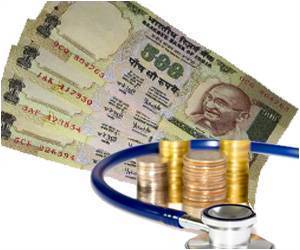
How Short Term Disability Insurance Works
Most short term disability policies have the same general design. You, or your employer, pay a monthly premium to be covered. When an illness or injury prevents you from working, you apply for a benefit by speaking with someone in your company’s human resources department or your insurance agent.
Most short term disability policies require evidence from your doctor that explains your condition and estimates how long you’ll be gone from your job. Most likely, there will be a waiting period between the date you leave work and the date when you actually receive your benefits.
Your employer may require that you use some or all of your sick days before the policy begins to pay. Once the waiting period is over, you will generally receive a set percentage of the wages you received before you were disabled.
Definition of Disability: Some short term disability policies define a disability as an inability to work at your own job. These are known as “own occupation” definitions of disability. Other policies define disability as an inability to work in any job, known as an “any occupation” definition.
Service Wait: Some employers will only offer short term disability plans after you have worked for them for a set period of time, for example, 6 months or 1 year.
Advertisement
Benefit Rates: Benefit rates vary, but are generally between 40% and 70% of your pre-disability earnings. If you want the higher rate, you may have to pay a larger premium. Some short term disability policies change benefit rates during the benefit period. For example, your policy may pay 80% for the first three weeks of disability and then 50% for the remainder of your benefit period.
Advertisement
Source-Medindia















